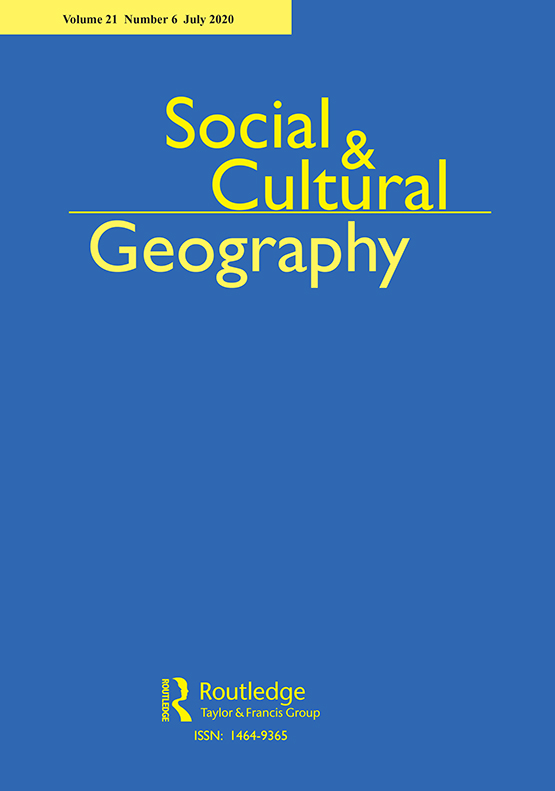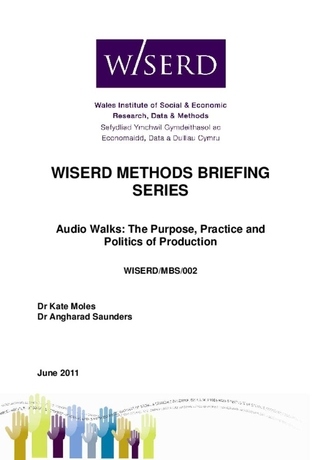This project aimed to create a series of community audio walks around Grangetown, one of Cardiff’s inner-city neighbourhoods. Audio walks have become an increasingly popular way of engaging groups in a city’s histories, spaces and societies (Butler, 2007). They provide not only an opportunity to share social knowledges and heighten spatial literacy, but they allow us to encounter the surprise of space (Massey, 2005); those hidden, concealed, unobserved or forgotten aspects of the urban landscape. Walking is an act of exploration, it enables us to access the secret, often marginalised, yet everyday textures of the city (Pinder, 2005, De Certeau, 1988).
To date there are few examples of community involvement in the production, or ownership, of audio walks. Instead, it is an approach that has been the preserve of artists (Savage, 2009; Pinder, 2001), academics (Butler, 2007), private companies (iPod City Walks; Audio City Tours) and television programmes such as ‘Coast’ and ‘Greatest Cities of the World’. Moreover, there is a sharp social geography to these audio walks, for they tend to centre on iconic urban landscapes and the extraordinary, rather than the more everyday urban spaces and the mundane movements through them.
This project aimed to address this by facilitating the creation of audio walks in one of Cardiff’s neighbourhoods with the involvement and participation of community members. The objectives of this project were:
- To engage and work with young people to produce of a series of audio walks around their neighbourhood that pivot around temporality and spatiality
- To create a community resource of audio walks and associated maps, which will be widely available, at no cost to the user, through community websites
- To establish a set of teaching materials and pedagogical resources that can be used by students to help develop non-visual ways experiencing and recording city spaces.




